Research Articles by VASLR
Author : Gokul Kesavan
Received: 27 July 2021 / Accepted: 21 September 2021 © The Author(s), under exclusive licence to Springer Science+Business Media, LLC, part of Springer Nature 2021
Abstract
Gene and cell therapies have shown tremendous advancement in the last 5 years. Prominent examples include the successful use of CRISPR-edited stem cells for treating blood disorders like sickle cell anemia and beta-thalassemia, and ongoing clinical trials for treating blindness. This mini-review assesses the status of CRISPR-based therapies, both in vivo and ex vivo, and the challenges associated with clinical translation. In vivo CRISPR therapies have been used to treat eye and liver diseases due to the practicality of delivering editing components to the target tissue. In contrast, even though ex vivo CRISPR therapy involves cell isolation, expansion, and infusion, its advantages include characterizing the gene edits before infusion and restricting off-target effects in other tissues. Further, the safety, affordability, and feasibility of CRISPR therapies, especially for treating large number of patients, are discussed.
KeywordsGenome editing · CRISPR therapy · Base editors · Mutagenesis · Gene therapy.
Click here to Read more https://doi.org/10.1007/s12033-021-00411-x
Corresponding Author E-mail: gokul.kesavan@vowelslifesciences.com
Author : Gokul Kesavan
Article type: Scholarly review
Received: July 16, 2021
Revised: July 22,2021 July 27, 2021
Abstract
Hemoglobinopathies like sickle cell disease (SCD) and beta thalassemia are the most common monogenic disorders and the number of children born every year with such conditions is predicted to reach about 400,000 by the year 2050. Transplantation of hematopoieticstem cells remains the gold standard of treatment but finding a Human Leukocyte Antigen (HLA)-matched donoris a major bottle neck when large numbers of patients need to be treated. Recent advances in gene editing tools, like Clustered Regularly Interspaced Short Palindromic Repeats (CRISPR), show immense potential to transform the gene/cell therapy scenario. This review covers recent breakthroughs in treating SCD and transfusion-dependent beta thalassemia such as re-initiation of fetal hemoglobin expression, and the planned clinical trials to correct the sickle cell mutation through CRISPR-based gene repair strategies. Further, expression of Factor IX to treat hemophilia using zinc finger nucleases, and universal Chimeric Antigen Receptor T cells (CAR-T) to treat cancers using genome editing are also discussed. Finally, challenges in developing these gene editing tools for clinical translationalong with ensuring their safety, feasibility, and affordability, are also addressed.Keywords:Genome editing, CRISPR Therapy, Haemoglobinopathies, Mutagenesis, Gene Therapy*
Click here to Read more https://bit.ly/34rbFmk
Corresponding Author E-mail: gokul.kesavan@vowelslifesciences.com
Stem Journal 3 : (2021) 11–21
DOI : 10.3233/STJ-210002
IOS : Press
Authors : Gokul Kesavan, Ramanan Pandian, Dinesh Boopalan
Vowels Lifesciences Private Limited, 271, 5th Main Rd, 4th Block, Jayanagar, Bengaluru, Karnataka, IndiabVowels Advanced School of Learning and Research, 271, 5th Main Rd, 4th Block, Jayanagar, Bengaluru,Karnataka, India
Abstract
Stem cells offer a promising therapeutic strategy to not only treat several incurable diseases but also regeneratedamaged tissues. The current global boom in the field of stem cell and regenerative therapies had led to India becoming aglobal hotspot for stem cell-based therapies. In this review, we assess the current status of stem cell therapy trials in Indiaand show that the bone marrow-derived stem cells, like mesenchymal stem/stromal cells (MSCs), are predominantly used.Phase 1 and 2 clinical trials have also used MSCs to alleviate symptoms of severe novel coronavirus infections. Recentbreakthroughs in gene editing technologies, combined with stem cell therapy, can be effectively harnessed to devise large-scale and affordable treatments for haematological diseases that are highly prevalent in India, like beta-thalassemia and sicklecell diseases. Innovations in stem cell therapy in India can make treatments more affordable to address the needs of in-country patients.
Click here to Read more: https://bit.ly/3f5e9ZR
Corresponding Author E-mail: gokul.kesavan@vowelslifesciences.com
